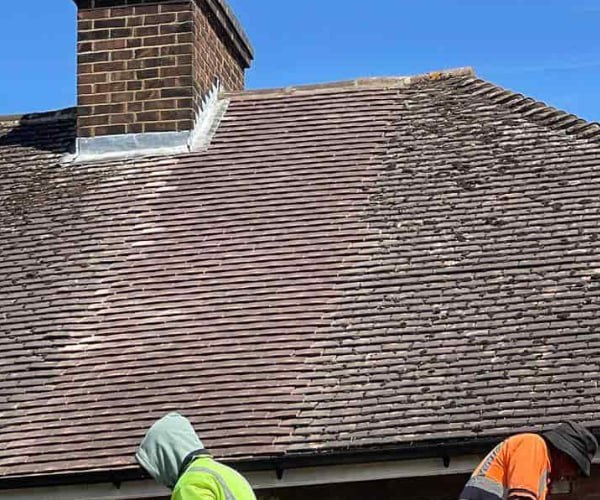Preventing Creosote Buildup: Chimney Cleaning Tips
Introduction: Creosote buildup in your chimney is not just a minor inconvenience; it can be a serious fire hazard. Creosote is a highly flammable substance that forms when wood or other organic materials are burned in your fireplace or wood-burning stove. Over time, creosote can accumulate inside your chimney, creating a potential danger. Regular cleaning and maintenance are essential to ensure your chimney’s safety and efficiency. This blog post will provide valuable tips for preventing creosote buildup and cleaning your chimney.
1. Schedule Annual Chimney Inspections
Regular chimney inspections by a qualified chimney professional are the first defence against creosote buildup. A professional chimney sweeper will assess the condition of your chimney, looking for any signs of creosote accumulation, damage, or obstructions. Annual inspections can help detect and address creosote buildup before it becomes a significant problem.
2. Burn Seasoned Firewood
The type of wood you burn in your fireplace or wood-burning stove can impact creosote buildup. Burning seasoned firewood, which has been properly dried and aged for at least six months, produces less creosote than burning green or unseasoned wood. Seasoned firewood burns more cleanly and efficiently, reducing the amount of creosote deposited in your chimney.
3. Use a Chimney Cap
Installing a chimney cap is a simple yet effective way to prevent moisture and debris from entering your chimney. Moisture can contribute to creosote buildup, so keeping your chimney dry is crucial. Additionally, a chimney cap can help keep animals, such as birds and squirrels, from nesting in your chimney, which can lead to blockages and creosote buildup.
4. Burn Hot Fires
Creosote tends to accumulate more when fires burn at lower temperatures. Burning hot, intense fires can help reduce creosote buildup. To achieve this, use smaller logs and maintain a brisk fire with plenty of air circulation. Avoid burning fires that smoulder or produce excessive smoke, which can contribute to creosote formation.
5. Clean Your Chimney Regularly
Even with the best preventive measures, creosote buildup is inevitable over time. That’s why regular chimney cleaning is crucial. The frequency of cleaning will depend on how often you use your fireplace or wood-burning stove and the type of wood you burn. Annual chimney cleaning is recommended for most homes, but some may require more frequent cleanings.
6. Install a Creosote Removal Additive
Creosote removal additives are chemical products designed to break down and loosen creosote deposits in your chimney. These additives can be used periodically to help reduce the buildup of creosote. However, they should not replace regular cleaning and inspections with a professional sweep.
Conclusion: Preventing creosote buildup is essential for maintaining the safety and efficiency of your chimney. Following these chimney cleaning tips, you can reduce the risk of creosote-related issues and enjoy a warm, cosy, and safe fireplace or wood-burning stove throughout winter.
Call us on: 01933 829 064
Click here to find out more about FDC Roofing Finedon
Click here to complete our contact form and see how we can help with your roofing needs.

